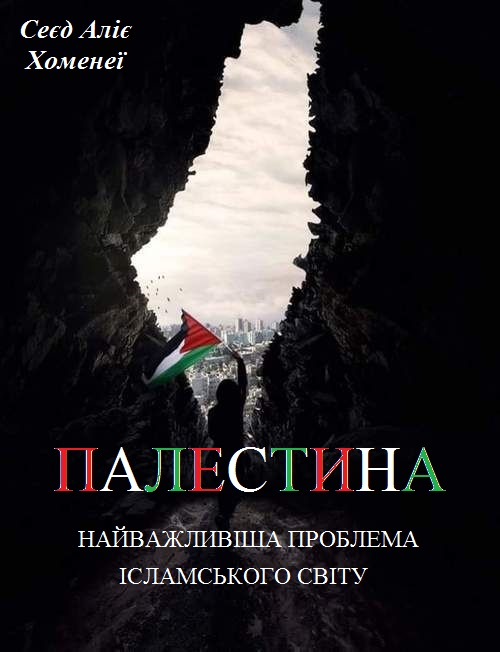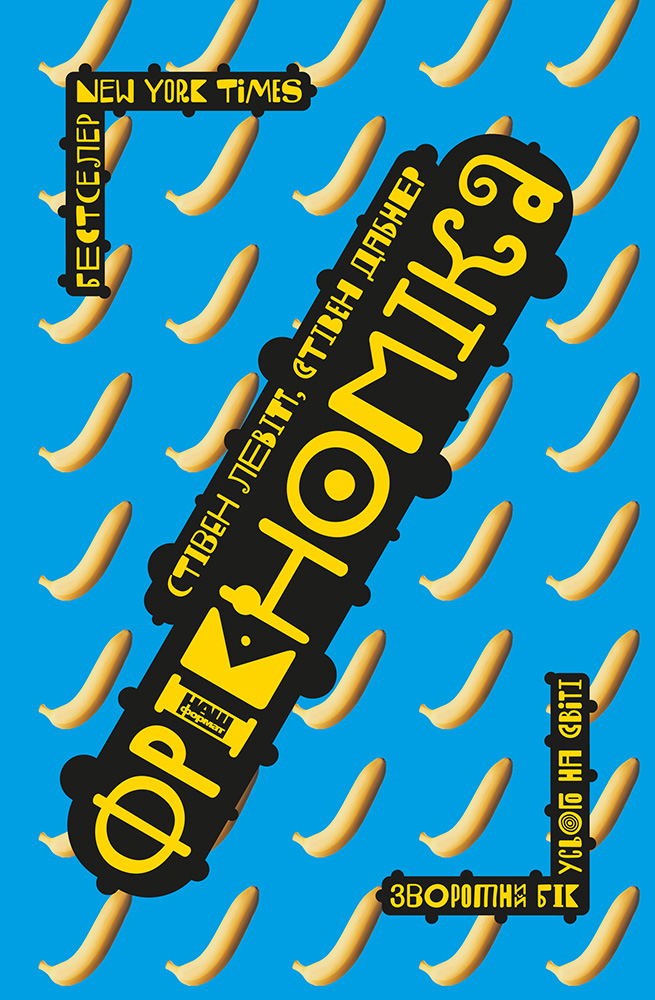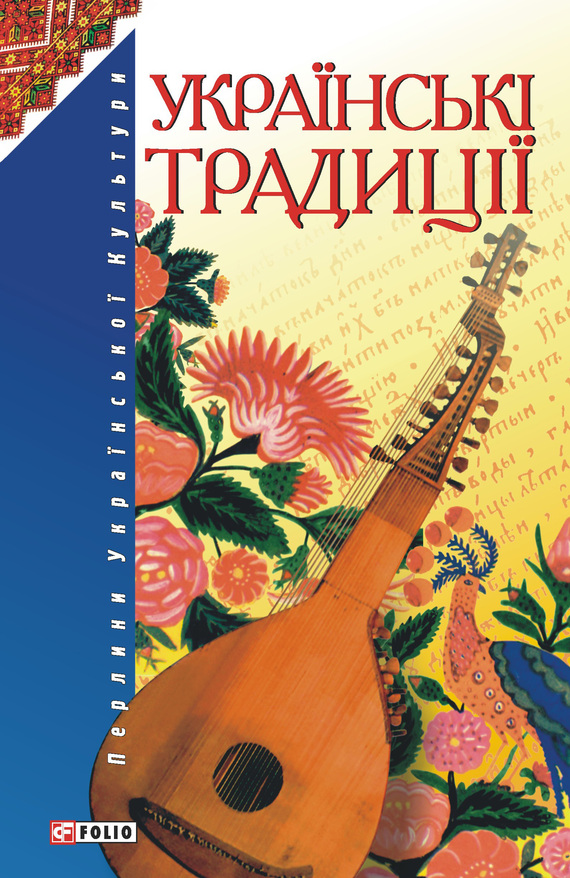Читати книгу - "Genghis Khan and the Making of the Modern World"
Шрифт:
Інтервал:
Добавити в закладку:
With Genghis Khan’s decision to cross the Gobi and invade the Jurched in 1211, he had begun not just another Chinese border war: He had lit a conflagration that would eventually consume the world. No one, not even Genghis Khan, could have seen what was coming. He showed no sign of any global ambitions inasmuch as he fought only one war at a time, and for him the time had come to fight the Jurched. But starting from the Jurched campaign, the well-trained and tightly organized Mongol army would charge out of its highland home and overrun everything from the Indus River to the Danube, from the Pacific Ocean to the Mediterranean Sea. In a flash, only thirty years, the Mongol warriors would defeat every army, capture every fort, and bring down the walls of every city they encountered. Christians, Muslims, Buddhists, and Hindus would soon kneel before the dusty boots of illiterate young Mongol horsemen.
Crossing the vast Gobi required extensive preparation. Before the army set out, squads of soldiers went out to check the water sources and to report on grass conditions and weather. A Chinese observer remarked how the advance group scouted out every hill and every spot before the main army arrived. They wanted to know everyone in the area, every resource, and they always sought to have a ready path of retreat should it be needed.
The Mongol was ideally suited to travel long distances; each man carried precisely what he needed, but nothing more. In addition to his deel, the traditional wool robe that reached to his ankles, he wore pants, a fur hat with earflaps, and riding boots with thick soles. In addition to clothes designed to protect him in the worst weather, each warrior carried flints for making fires, leather canteens for water and milk, files to sharpen arrowheads, a lasso for rounding up animals or prisoners, sewing needles for mending clothes, a knife and a hatchet for cutting, and a skin bag into which to pack everything. Each squad of ten carried a small tent.
The movement and formation of the Mongol army were determined by two factors that set them clearly apart from the armies of every other traditional civilization. First, the Mongol military consisted entirely of cavalry, armed riders without a marching infantry. By contrast, in virtually all other armies, the majority of the warriors would have been foot soldiers. Approximately sixty-five thousand Mongol horsemen left on the Jurched campaign to confront an army with about the same number of horsemen, as well as another eighty-five thousand infantry soldiers, giving the Jurched an advantage of well over two to one but without the mobility of the Mongol force.
The second unique characteristic of the Mongol army was that it traveled without a commissary or cumbersome supply train other than its large reserve of horses that always accompanied the soldiers. As they moved, they milked the animals, slaughtered them for food, and fed themselves from hunting and looting. Marco Polo alleged that the Mongol warriors could travel ten days without stopping to make a fire or heat food, that they drank horses’ blood, and that each man carried with him ten pounds of dried milk paste, putting one pound of it in a leather flask of water each day to make his meal. The warrior carried strips of dried meat and dried curd with him that he could chew while riding; and when he had fresh meat, but no time to cook it, he put the raw flesh under his saddle so it would soon be softened and edible.
The Chinese noted with surprise and disgust the ability of the Mongol warriors to survive on little food and water for long periods; according to one, the entire army could camp without a single puff of smoke since they needed no fires to cook. Compared to the Jurched soldiers, the Mongols were much healthier and stronger. The Mongols consumed a steady diet of meat, milk, yogurt, and other dairy products, and they fought men who lived on gruel made from various grains. The grain diet of the peasant warriors stunted their bones, rotted their teeth, and left them weak
Увага!
Сайт зберігає кукі вашого браузера. Ви зможете в будь-який момент зробити закладку та продовжити читання книги «Genghis Khan and the Making of the Modern World», після закриття браузера.




